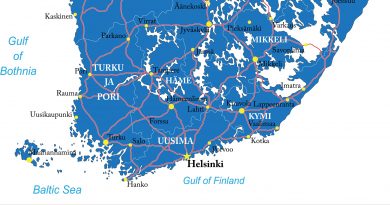Longread – How an Inuit community in Atlantic Canada fought a tuberculosis outbreak
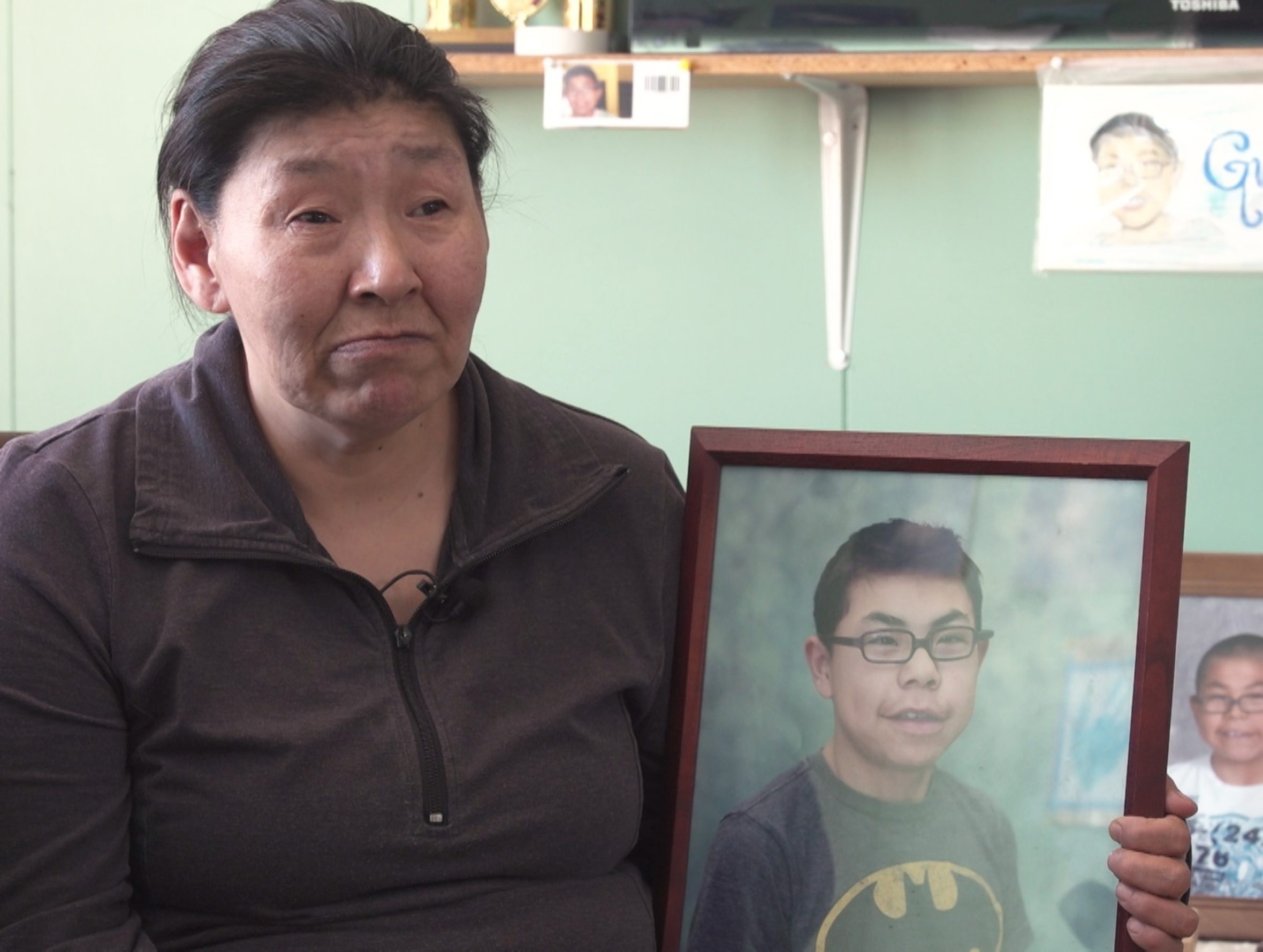
Gussie Bennett, a popular and outgoing teenager in Nain, Newfoundland, used to run down to the community rink every day after school to ask if he was needed as a replacement goalie for the levels below him in minor hockey.
He first got sick in early 2017 when he coughed up blood, but the local clinic determined he would be fine. Around the end of that year, Gussie began to feel sick again.
The lingering cough throughout the early months of 2018 worsened and he got weaker. His family worried something was seriously wrong in early March when the normally active boy started to stay indoors more and more.
“His body started getting weak. It was mostly his feet,” Gussie’s sister, Silpa Suarak, recalls.
She thought he was just being difficult at first, “but really his feet were sore, his legs were sore, the rest of his body was sore.
“When he was brought to the clinic, that’s when they noticed he was really sick.”
Two days later, on March 18, 2018, he died at Janeway Children’s Hospital in St. John’s. He was 14.
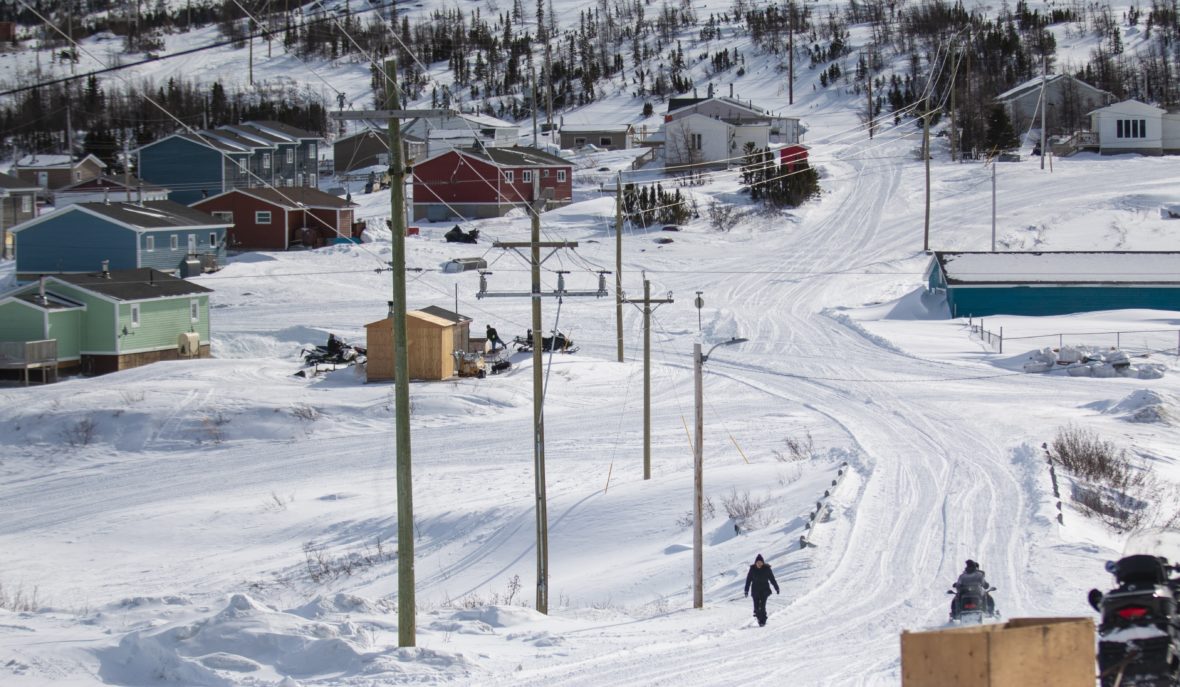
Nunatsiavut, the Inuit region of Labrador, has the highest rate of tuberculosis in Canada — 248 cases per 100,000 people. The average rate in Canada is about five cases per 100,000. Nain and Hopedale, on the northern Labrador coast, are the two communities most affected by the disease.
Tuberculosis is an infectious disease caused by bacteria that spread through the air when someone with active disease coughs or sneezes. It usually attacks the lungs, but can also affect other parts of the body, including the lymph nodes, kidneys, urinary tract and bones.
The highly communicable disease with sometimes subtle symptoms can spread quickly before anyone realizes an outbreak is underway. In close-knit Inuit communities, like Nain, TB can become very difficult to contain. The symptoms can suggest a regular cold or flu at first.
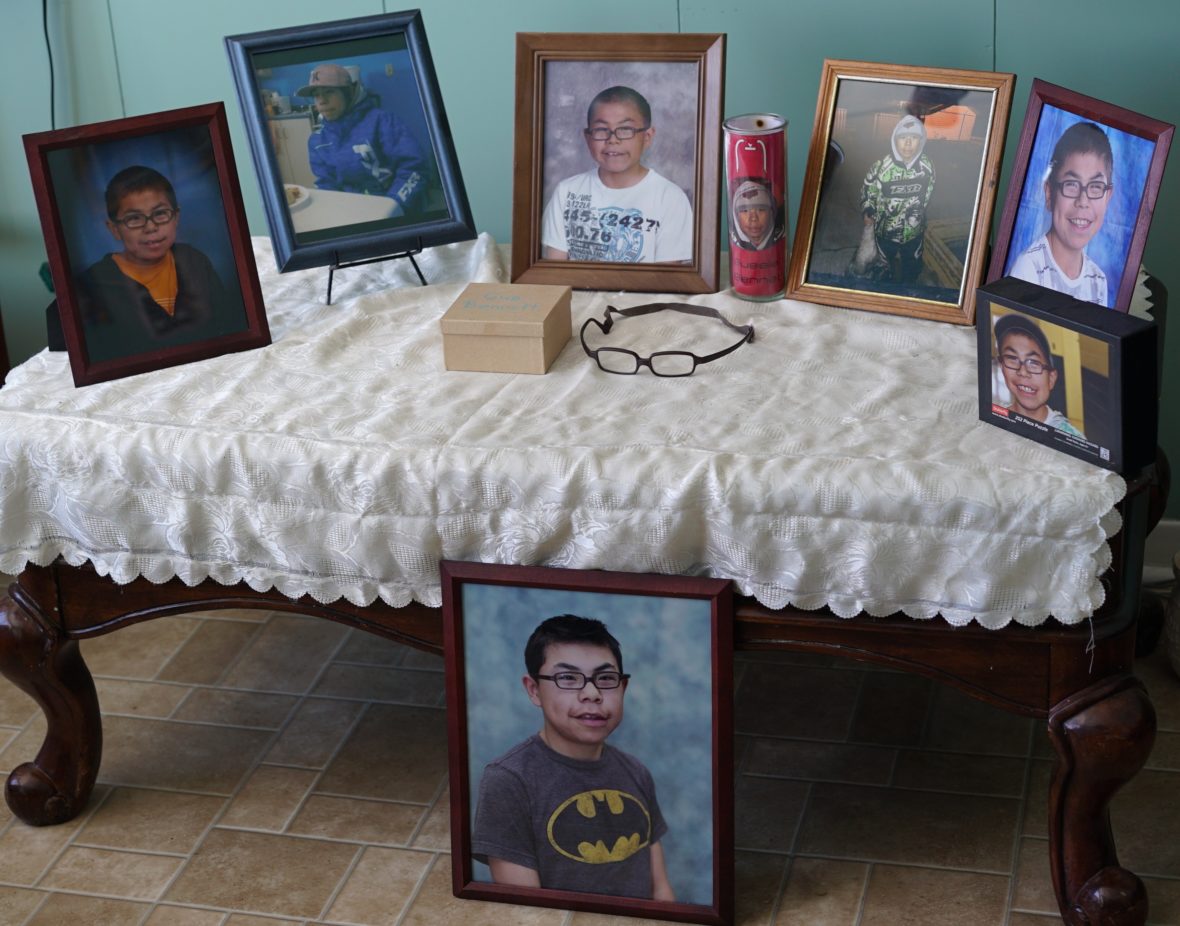
Gussie’s presence is still felt everywhere in his family’s home. The living room has become a shrine to the memory of a lost son. His glasses are on a table along with a lock of his hair. A giant card signed by Gussie’s friends at the youth centre is propped against the wall, with candles and painted portraits of Gussie from friends. The room is lined with pictures of Gussie: at school, with family, hunting, playing hockey; his smiling face again and again.
The face of Gussie’s mother, Katie Suarak, is a face that has seen grief; she says she cries for her son every day. Still, she is friendly and welcoming, and her face lights up when she talks about Gussie — the good times, and there were many. But when discussing the end of her son’s life, just a year ago, the pain on her face is clear.
“It’s so devastating. It’s so hard. What I went through with Gussie, it was so hard. It’s still hurting inside me.”
Katie travelled with her son to Goose Bay and then to St. John’s, 1,000 kilometres from home, and stayed by his side as medical staff tried to stabilize his deteriorating condition. She told her son, “Everything’s going to be all right, Gus,” before the doctors sedated him to rest his body and protect his brain.
With his lungs unable to provide his body with enough oxygenated blood, Gussie had a heart attack and died. It wasn’t until Gussie’s autopsy that doctors in St. John’s were able to confirm it was TB.
“I was so lost. My mind was lost. I was crying — all by myself.”
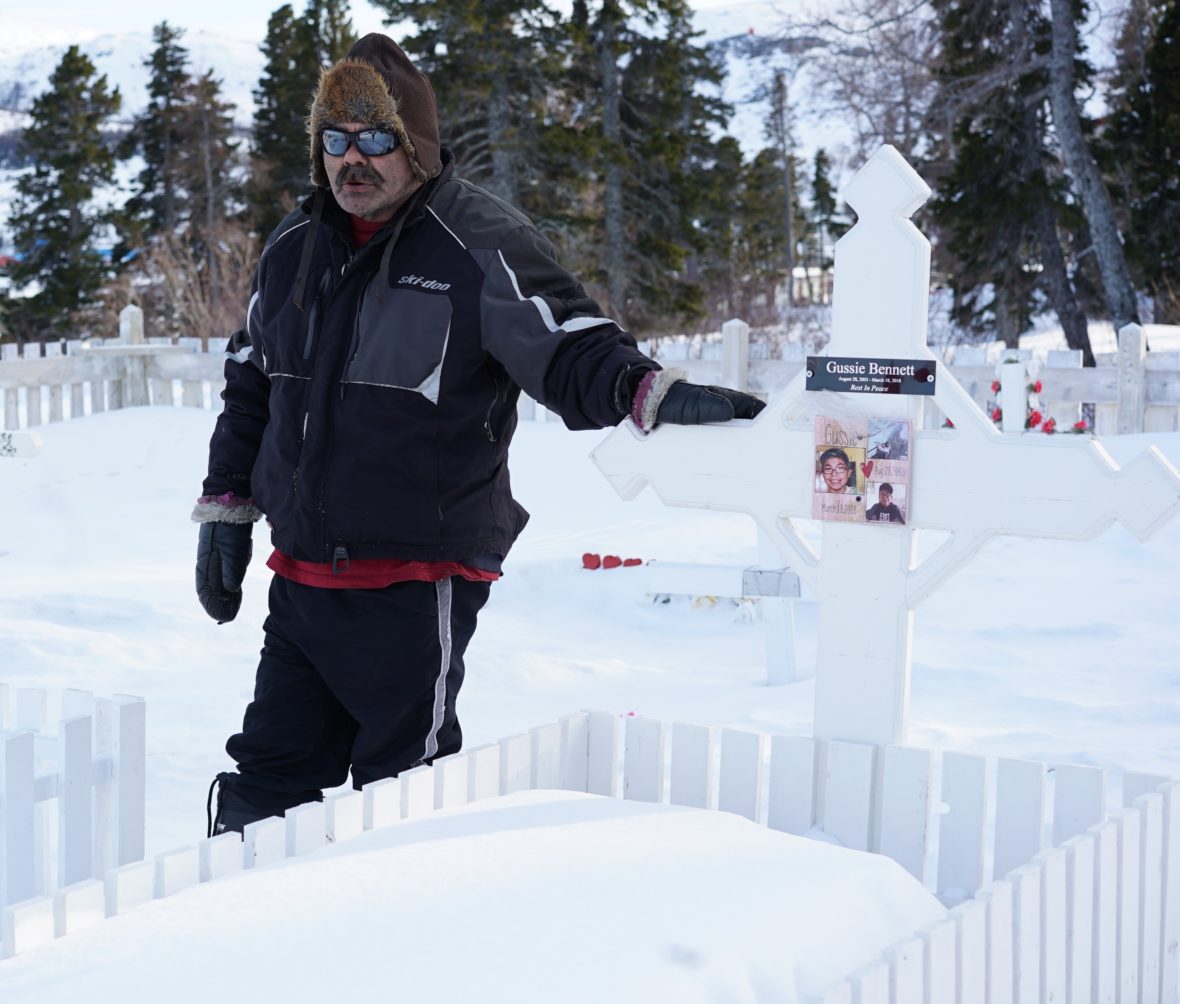
Gussie’s father, Jim Bennett, last saw his son as he left for his two-week shift at the nearby Voisey’s Bay nickel mine. Bennett repeatedly asked Gussie to go to the local clinic, just a few minutes away on foot.
Bennett was held up returning home, and never got to see Gussie before he died.
“It’s something I’ll always have to live with, that I never made it back to see my boy.”
One of the most difficult aspects of treating the disease is detection. A person exposed to tuberculosis will carry the disease for the rest of their lives. It can lay dormant and never trigger any symptoms, but when that person puts a strain on their immune system, the disease can become active. Once active, TB is highly contagious.
After Gussie’s death, the entire family and everyone he had spent time with had to be tested for TB. His brother Sonny tested positive for the disease and was placed in quarantine.
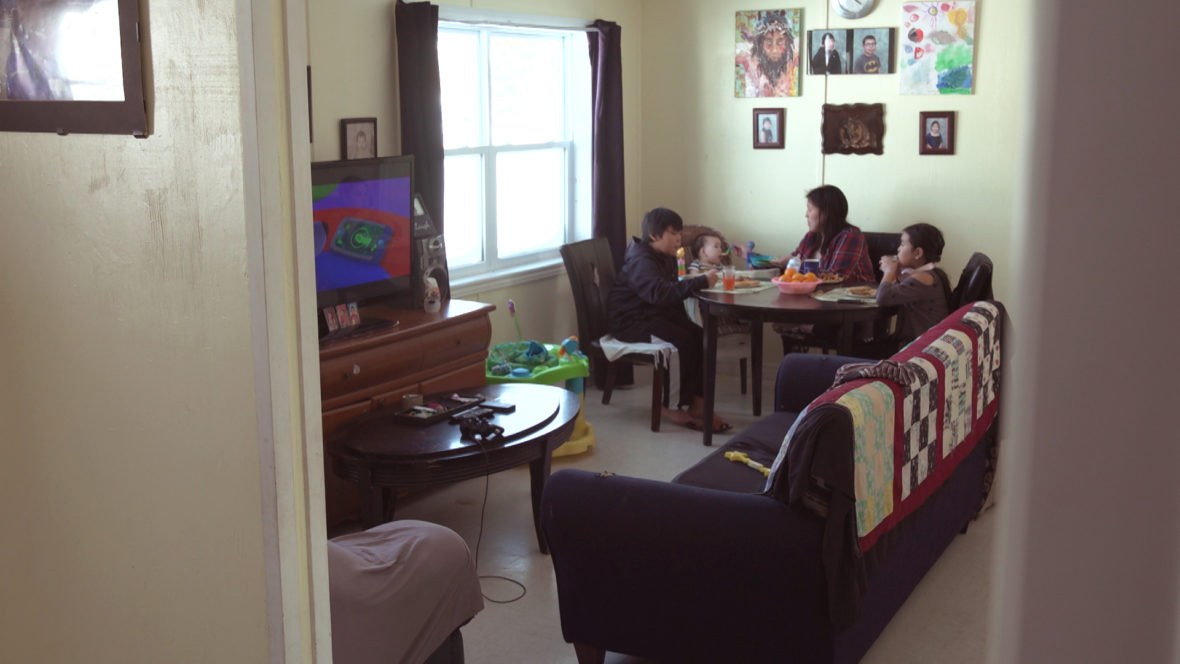
His eldest sister, Silpa Suarak, was six months pregnant at the time. Although her test came back negative, after explaining to her daughter and son what had happened to their favourite uncle she had to explain to her children that they, too, had tested positive for TB.
The children had to be quarantined in case the TB became active before the medication started working.
“There were no symptoms,” Silpa says. “When you got TB you don’t even know. I didn’t even know my kids had TB, until we were asked to get tested.”
The family was quarantined for two weeks by Labrador Grenfell Health in a hotel in Happy Valley-Goose Bay, almost a two-hour flight south of Nain, to be near doctors. Although cut off from friends and family, they were able to stay connected through social media and having visitors who would have to sit outside in the hall and talk through the door.
They spent the Easter holiday, a big celebration in Nain, inside the hotel.
Silpa was allowed out briefly to get some chocolates for her children.
“My kids didn’t have any baskets but we got some plates with Easter designs for their baskets and when we got up in the morning, there were some eggs and stuff around the hotel room.”
When the children were finally allowed outside, they went to the first store they could find just for something to do.
“We were so happy to go out and I think it was the day after, or two days after, that’s when we were allowed to go home to Nain,” she says.
“It was just right heartwarming coming back.”
Life began returning to normal in Nain for Silpa, but the fear of tuberculosis still weighed heavy on her mind for the baby she was carrying. Three months after Gussie died, her son Willie Boy was born, healthy and strong.
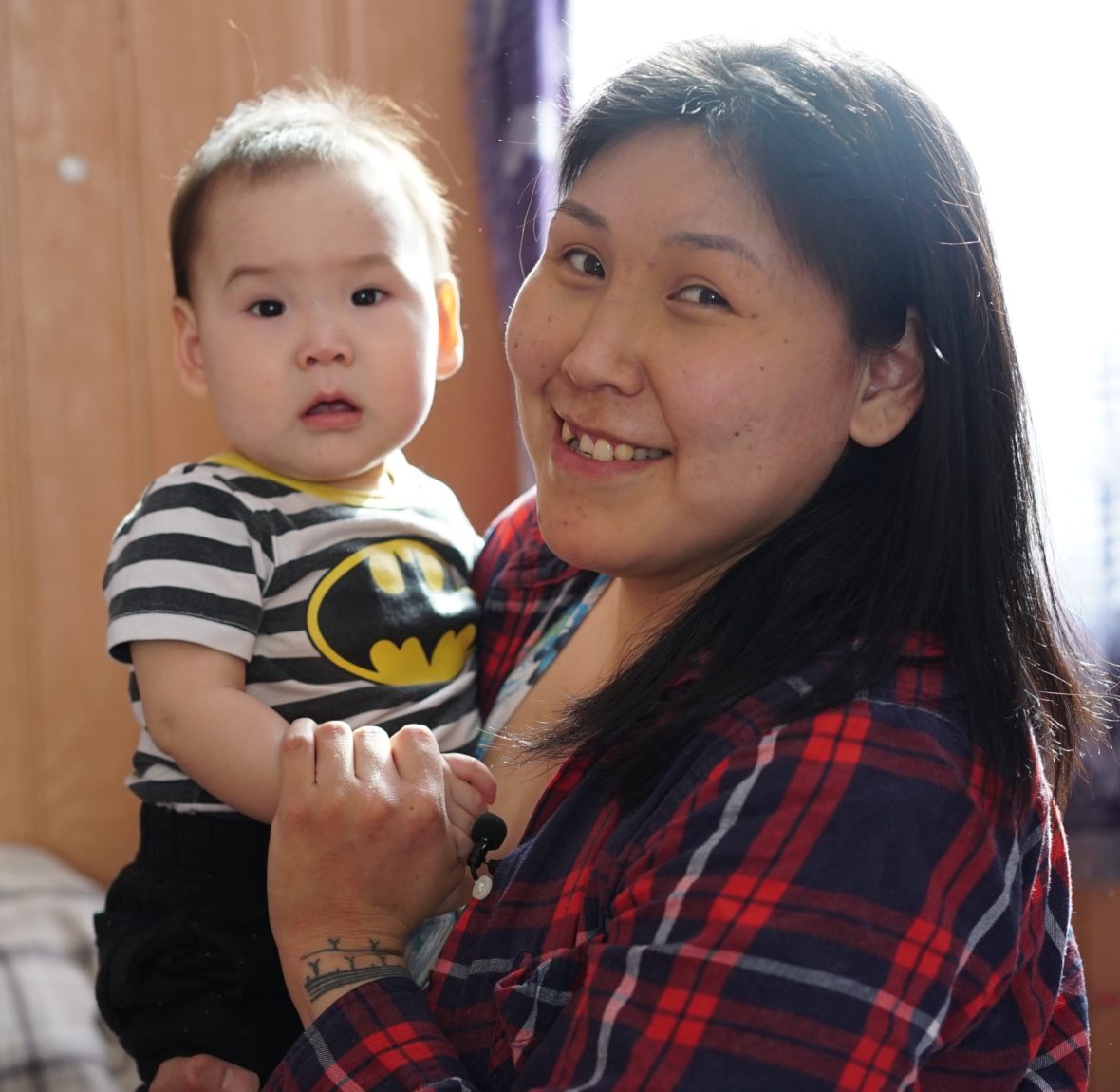
When Julius Dicker, 64, was growing up in Nain, boats would come around every couple of years to perform TB tests. If someone tested positive, they could be taken away for treatment for months, or years, sometimes never to return.
On March 8, Prime Minister Justin Trudeau apologized in Iqaluit, Nunavut for the federal government’s treatment of Inuit with TB from the 1940s to the 1960s and committed the government to help families find information on loved ones sent away.
“The stigma of TB itself is still out there,” Dicker says.
“Once you’re identified as having TB, you were kind of shunned by the rest of the community members. They were scared to talk to you or even come close to you, thinking they would catch it, not knowing how the disease itself was spread.”
Dicker is the angajukKâk, a role similar to mayor, of the Nain Inuit Community Government. He has been working with government and health officials to organize tuberculosis screenings and community meetings about TB.
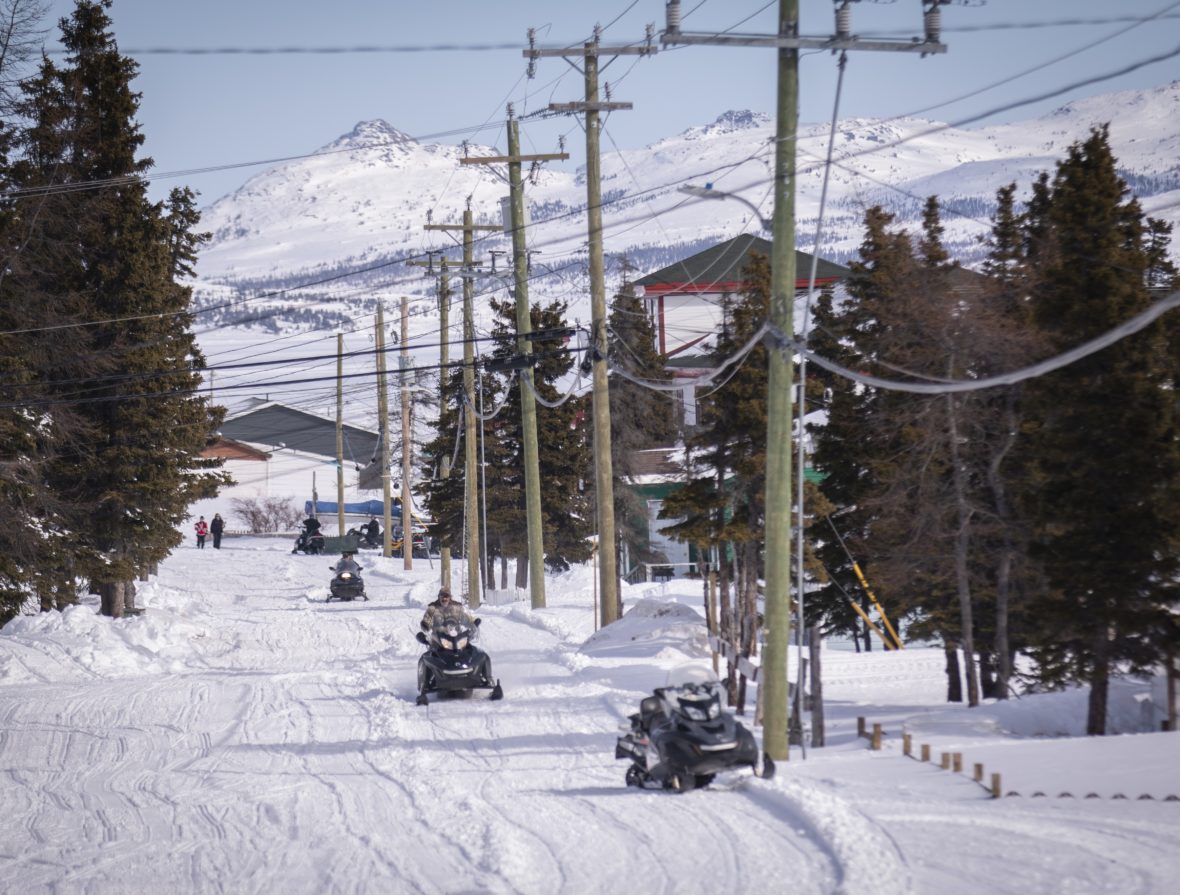
Like many others after Gussie’s death, Dicker tested positive for tuberculosis, along with members of his family, and completed his medical regimen.
He believes Nain needs more than just medication.
“This disease can pop up any time, and we’re in the process now of trying to eliminate that and get back to a healthy community, but to have a healthy community you need healthy living conditions,” he says.
The World Health Organization says crowded and poorly ventilated living environments are direct risk factors for tuberculosis transmission and undernutrition is an important risk factor for developing active disease.
A 2013-2014 survey found nearly 80 per cent of households in Nain were food insecure, meaning they limit their food selection and the amount they buy, or in extreme cases, skip meals due to affordability.
Nain also faces a housing crisis exacerbated by a growing population, short building seasons and high costs for transporting materials and preparing the land. The Nunatsiavut Government passed its first housing bill last week, giving it control to manage federal funds to develop a housing strategy, aimed in part at eliminating tuberculosis by 2030.
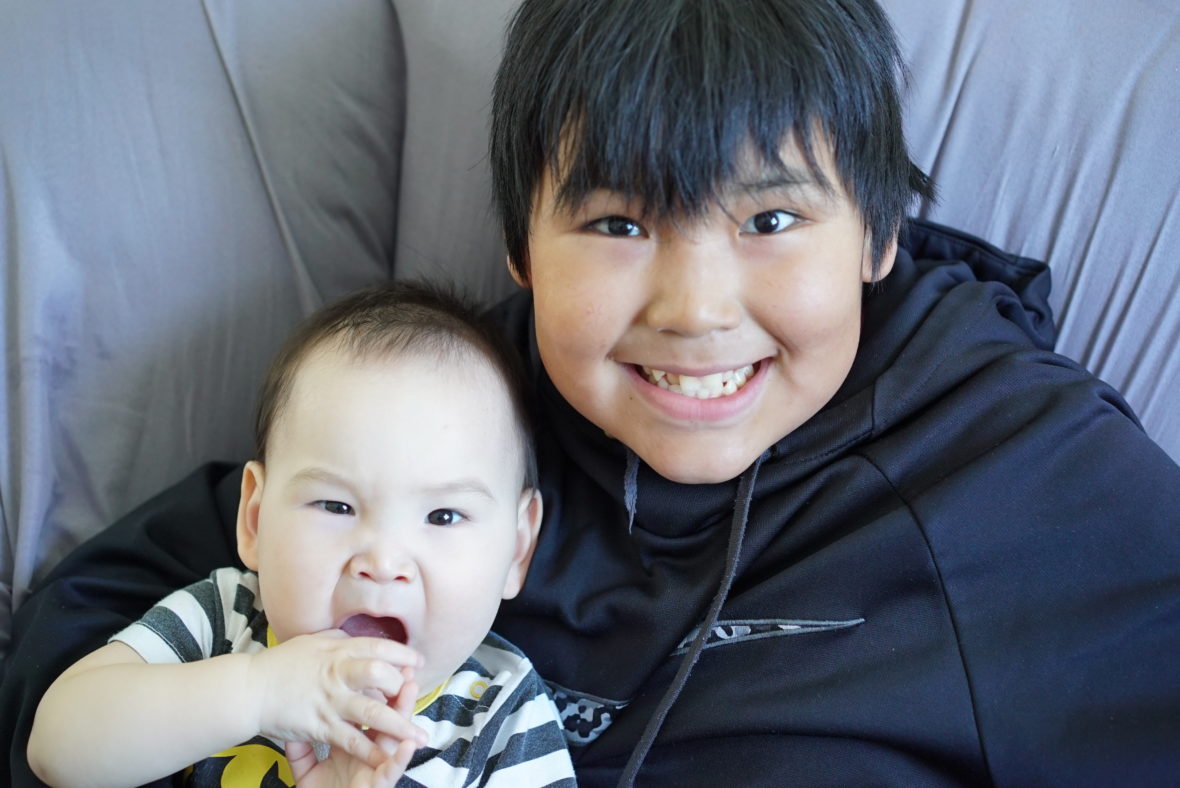
In Nain, Dicker says, extended families are living in single homes, sometimes up to 20 people in a one- or two-bedroom house. If someone is infected, the entire household will have to be tested, along with the networks and connections of each person living there.
With this outbreak, a series of community meetings determined that the best thing to do would be to bring dedicated medical professionals and screening equipment — such as an X-ray machine — to the community. As of now, Dicker says, over 70 per cent of the community has been screened.
Silpa says her community has been there for her and her family. Although she had to leave Nain to receive medical treatment, she says the support of her hometown helped her family make it through this difficult time.
“I try my best to focus on the positive side of anything, really,” she says.
“I feel lucky that we’re in a time now where we do have those services and my kids are still here. Even though we lost my brother, their uncle, we are still here.”
Related stories from around the North:
Canada: Why are the tuberculosis rates in the Canadian Arctic 290 times those in the rest of the country?, CBC News
Finland: Cancer rates in Arctic Finland below average, Yle News
Russia: Mass vaccination against anthrax continues on Yamal Peninsula, The Independent Barents Observer
Sweden: Fewer people suffering strokes in Sweden, Radio Sweden
United States: Alaska TB rate dips but still among the U.S. highest, Alaska Public Media


